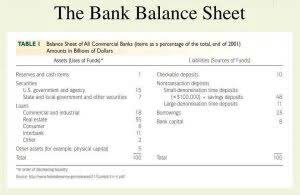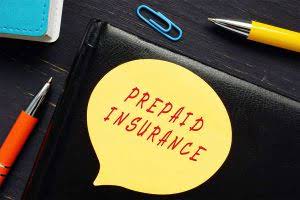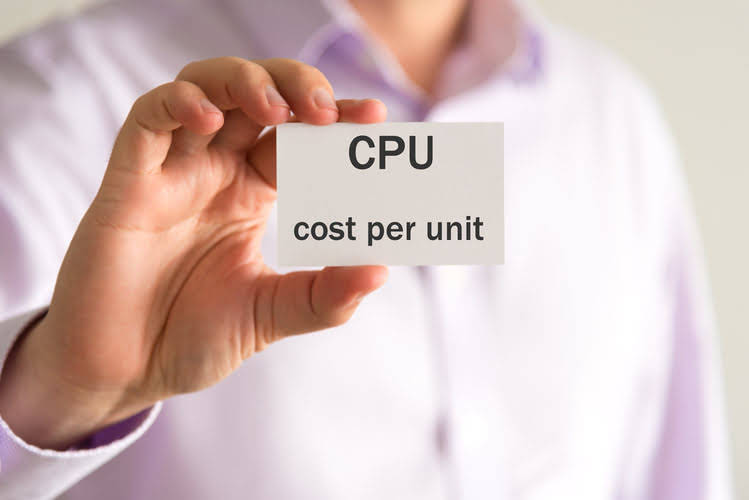
Brands can monitor their inventory in real-time, receive notifications when stock numbers dip, and extract valuable data to predict future product requirements. This empowers brands to maintain ideal stock quantities consistently, prevent low stock scenarios, and cut down on surplus inventory expenses. Partnering with a fulfillment company like Flowspace can help brands reduce their cost per unit.
- When a step cost is incurred, the total fixed cost will now incorporate the new step cost, which will increase the cost per unit.
- Understanding the additional costs of increasing the production of a good is helpful when determining the retail price of the product.
- Further processing Component B to Product B incurs incremental costs of $8,000 and incremental revenues of $11,000 ($15,000 – $4,000).
- Since incremental costs are the costs of manufacturing one more unit, the costs would not be incurred if production didn’t increase.
How do we determine how often an item will be ordered if there is no available carrying cost information?

Sunk costs have already occurred and are not accounted for in relevant costs. Relevant Cost of material is the incremental cost of raw material, which will change depending on the production quantity. It is an additional avoidable cost, which only occurs when the specific decision is made. Cost-volume-profit (CVP) relevant cost per unit formula analysis, also referred to as breakeven analysis, can be used to determine the breakeven point for different sales volumes and cost structures. The breakeven point is the number of units that need to be sold—or the amount of sales revenue that has to be generated—to cover the costs required to make the product.

Continue Operating vs. Closing Business Units

The next point on the graph will represent 23,000 hours and $90,000 in costs, and so forth, until all of the pairs of data have been plotted. Finally, a trend line is added to the chart in order to assist managers in seeing if there is a positive, negative, or zero relationship between the activity level and cost. One of the assumptions that managers must make in order to use the cost equation is that the relationship between activity and costs is linear. A diagnostic tool that is used to verify this assumption is a scatter graph. J&L can make predictions for their costs because they have the data they need, but what happens when a business wants to estimate total costs but has not collected data regarding per-unit costs? This is the case for the managers at the Beach Inn, a small hotel on the coast of South Carolina.
Demonstration of the Scatter Graph Method to Calculate Future Costs at Varying Activity Levels
Flowspace’s solutions optimize logistics operations, offer inventory and order management capabilities, and utilize real-time technology to monitor fulfillment activity and inventory performance. In most of the industries competition is high which means that prices are determined by the interaction of market demand and supply which the market participants i.e. producers can’t change. In target costing, companies leverage their ability to monitor and control their cost to generate a profit. The unit contribution margin is simply the remainder after the unit variable cost is subtracted from the unit sales price. Since $3,000 (60% of $5,000) idle time pay will be incurred even if this order is not taken, the relevant cost is the incremental cost of $2,000 ($5,000 – $3,000). As these materials are not available in stock, these will have to be purchased at the market price which is their relevant cost.
- If a reduced price is established for a special order, then it’s critical that the revenue received from the special order at least covers the incremental costs.
- The total annual order cost divided by the unit production cost should still be a good indicator of how many units can be ordered during a year before incurring excessive costs.
- In other words, the average cost per unit declines as production increases.
- This represents the apportionment of general and administrative overheads based on the number of machine hours that will be required on the order.
- Operation 1 takes 0.25 hours of machine time and Operation 2 takes 0.5 hours of machine time.
- It’s either the company will accept the order and forgo a portion of production or reject it.
Calculate the relevant cost for the order and the price RTC should quote. Avoidable CostsOnly those costs are relevant to a decision that can be avoided if the decision is not implemented. Relevant cost, in managerial accounting, refers to the incremental and avoidable cost of implementing a business decision. This same approach can be used to predict costs for service and merchandising firms, as shown by examining the costs incurred by J&L Accounting to prepare a corporate income tax return, shown in Table 2.10. He has a CPA license in the Philippines and a BS in Accountancy graduate at Silliman University.
- Allison Champion leads marketing communication at Flowspace, where she works to develop content that addresses the unique challenges facing modern brands in omnichannel eCommerce.
- To demonstrate how a company would use a scatter graph, let’s turn to the data for Regent Airlines, which operates a fleet of regional jets serving the northeast United States.
- CVP analysis is used to determine whether there is an economic justification for a product to be manufactured.
- These standards are established by analyzing historical data, industry benchmarks, and other relevant factors.
Understanding Cost per Unit: A Comprehensive Guide
- This represents the share of lease rentals of the factory plant for the number of days in which production for the order will take place.
- If the rubber is not used on this order, it will have to scraped at a price of $1,000.Remaining quantity shall have to be procured at the price of $7,000.
- Led by Mohammad Ali (15+ years in inventory management software), the Cash Flow Inventory Content Team empowers SMBs with clear financial strategies.
- So, if you were evaluating the viability of a new production facility, then the rent of a building specially leased for the new facility is relevant.
Annual insurance cost – this is a relevant cost as this is an additional fixed cost caused by the decision to invest. This effect is known as an opportunity cost, which is the value of a benefit foregone when one course of action is chosen in preference to another. In this case, the company has given up its opportunity to have a cash inflow from the asset sale.
Lowering Material Costs
It sells denim to different companies that manufacture and market jeans under their own brands. If the company’s intended profit margin is 15% on cost, calculate the target cost per unit. If 30% of the cost per meter of denim is related to direct materials, what’s the target cost per unit for direct materials. Relevant costing attempts to determine the objective cost of a business decision. An objective measure of the cost of a business decision is the extent of cash outflows that shall result from its implementation. Relevant costing focuses on just that and ignores other costs which do not affect the future cash flows.

Incremental Cost: Definition, How to Calculate, and Examples
Carrying cost is calculated based on the insurance premium, depreciation, obsolescence, storage, preservation costs, and interest on value of stock held, including that of handling and other allied costs. The salaries of the personnel involved in all business processes are the main items to be considered when calculating the procurement cost. The concept of EOQ relates to the quantity of materials that a purchasing department aims to procure. You can add new rows in the Fixed Cost and Variable Cost table to insert new costs without changing the formula. But what if their competitor can produce a similar pair of ice skates for only $15.

